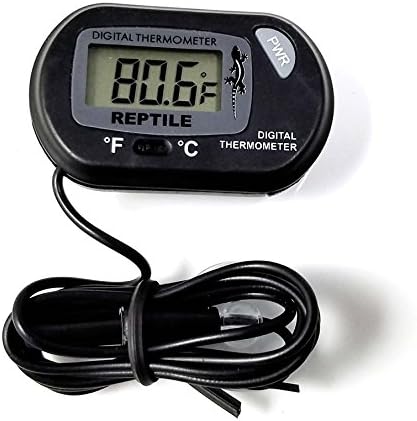Hello.
Been lurking on this forum for 2 months now since got my first Beardie and helped a lot so thank you all.
I have few questions tho that I haven't found proper answer to. My guy is 5 months old so I know his basking area must be at around 110f. But what should be 110f? Basking air or rock basking surface? Because if the air is 110f then the rock temp goes up to 125f which I don't think is right. But if I lower my heat bulb and make rock surface at 110f then the air temp in basking area goes to 90f.
I know rocks consume heat a lot maybe I should just use branches for basking area?
Before: https://imgur.com/a/OkIyORU
After I moved some stuff: https://imgur.com/a/KQvkT0B
Thank you!
Been lurking on this forum for 2 months now since got my first Beardie and helped a lot so thank you all.
I have few questions tho that I haven't found proper answer to. My guy is 5 months old so I know his basking area must be at around 110f. But what should be 110f? Basking air or rock basking surface? Because if the air is 110f then the rock temp goes up to 125f which I don't think is right. But if I lower my heat bulb and make rock surface at 110f then the air temp in basking area goes to 90f.
I know rocks consume heat a lot maybe I should just use branches for basking area?
Before: https://imgur.com/a/OkIyORU
After I moved some stuff: https://imgur.com/a/KQvkT0B
Thank you!


